1,1-Dichloro-2,2,2-trifluoroethane
Modify Date: 2025-08-21 18:00:21

1,1-Dichloro-2,2,2-trifluoroethane structure
|
Common Name | 1,1-Dichloro-2,2,2-trifluoroethane | ||
|---|---|---|---|---|
| CAS Number | 306-83-2 | Molecular Weight | 152.93100 | |
| Density | 1,475 g/cm3 | Boiling Point | 27.6°C | |
| Molecular Formula | C2HCl2F3 | Melting Point | -107°C | |
| MSDS | N/A | Flash Point | 48.2 °F | |
| Symbol |



GHS02, GHS06, GHS08 |
Signal Word | Danger | |
| Name | 1,1-Dichloro-2,2,2-trifluoroethane |
|---|---|
| Synonym | More Synonyms |
| Density | 1,475 g/cm3 |
|---|---|
| Boiling Point | 27.6°C |
| Melting Point | -107°C |
| Molecular Formula | C2HCl2F3 |
| Molecular Weight | 152.93100 |
| Exact Mass | 151.94100 |
| LogP | 2.35240 |
| Index of Refraction | 1.3392 (10ºC) |
| Storage condition | 2-8°C |
CHEMICAL IDENTIFICATION
HEALTH HAZARD DATAACUTE TOXICITY DATA
MUTATION DATA
|
| Symbol |



GHS02, GHS06, GHS08 |
|---|---|
| Signal Word | Danger |
| Hazard Statements | H225-H301 + H311 + H331-H370-H420 |
| Precautionary Statements | P210-P260-P280-P301 + P310-P311 |
| Hazard Codes | T:Toxic; |
| Risk Phrases | R23/24/25;R39 |
| Safety Phrases | S36/37-S45 |
| RIDADR | 3163 |
| HS Code | 2903399090 |
| Flash Point(F) | 48.2 °F |
| Flash Point(C) | 9 °C |
| Precursor 10 | |
|---|---|
| DownStream 9 | |
| HS Code | 2903399090 |
|---|---|
| Summary | 2903399090. brominated,fluorinated or iodinated derivatives of acyclic hydrocarbons. VAT:17.0%. Tax rebate rate:13.0%. . MFN tariff:5.5%. General tariff:30.0% |
| 2,2-DIALLYL-AZETIDINE |
| 2,2-dichloro-3,3,3-trifluoroethane |
| MFCD00042132 |
| CF3CHCl2 |
| Fron123 |
| F123 |
| hfa123 |
| 1,1,1-trifluoro-2,2-dichloroethane |
| 2,2-dichloro-1,1,1-trifluoroethane |
| EINECS 206-190-3 |
| r123 |
| FC-123 |
| cfc-123 |
| HFC123 |
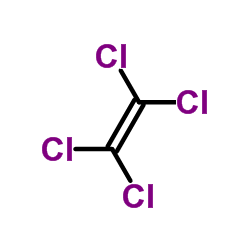 CAS#:127-18-4
CAS#:127-18-4 CAS#:354-58-5
CAS#:354-58-5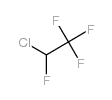 CAS#:2837-89-0
CAS#:2837-89-0 CAS#:75-88-7
CAS#:75-88-7 CAS#:79-35-6
CAS#:79-35-6 CAS#:116-14-3
CAS#:116-14-3 CAS#:354-23-4
CAS#:354-23-4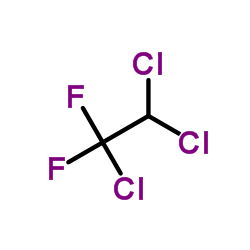 CAS#:354-21-2
CAS#:354-21-2 CAS#:10026-12-7
CAS#:10026-12-7 CAS#:23153-23-3
CAS#:23153-23-3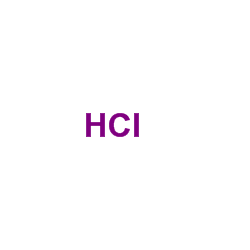 CAS#:7647-01-0
CAS#:7647-01-0 CAS#:384-54-3
CAS#:384-54-3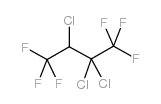 CAS#:378-84-7
CAS#:378-84-7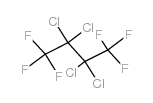 CAS#:375-34-8
CAS#:375-34-8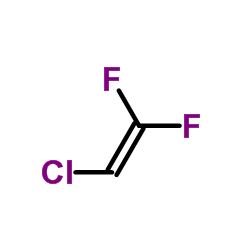 CAS#:359-10-4
CAS#:359-10-4 CAS#:67230-92-6
CAS#:67230-92-6 CAS#:138950-21-7
CAS#:138950-21-7 CAS#:354-33-6
CAS#:354-33-6
